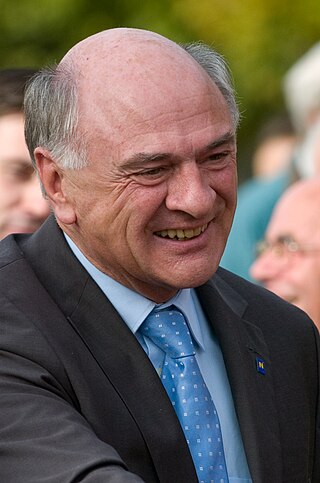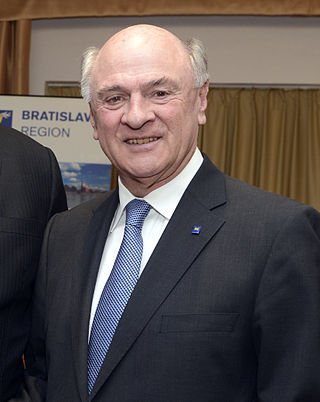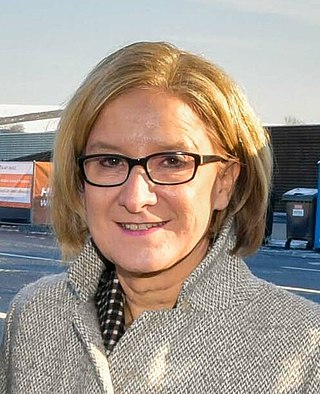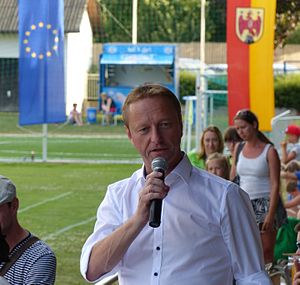
The 2008 Lower Austrian state election was held on 9 March 2008 to elect the members of the Landtag of Lower Austria.

The 2005 Styrian state election was held on 2 October 2005 to elect the members of the Landtag of Styria.

The 2003 Lower Austrian state election was held on 30 March 2003 to elect the members of the Landtag of Lower Austria.

The 2009 Upper Austrian state election was held on 27 September 2009 to elect the members of the Landtag of Upper Austria.

The 2003 Upper Austrian state election was held on 28 September 2003 to elect the members of the Landtag of Upper Austria.

The 2010 Burgenland state election was held on 30 May 2010 to elect the members of the 20th Landtag of Burgenland.

The 2010 Viennese state election was held on 10 October 2010 to elect the members of the Gemeinderat and Landtag of Vienna.

The 2013 Lower Austrian state election was held on 3 March 2013 to elect the members of the Landtag of Lower Austria.

The 2010 Styrian state election was held on 26 September 2010 to elect the members of the Landtag of Styria.

The 2015 Styrian state election was held on 31 May 2015 to elect the members of the Landtag of Styria.

The 2018 Lower Austrian state election was held on 28 January 2018 to elect the members of the Landtag of Lower Austria.

The 2015 Burgenland state election was held on 31 May 2015 to elect the members of the 21st Landtag of Burgenland.

The 2020 Burgenland state election was held on 26 January 2020 to elect the members of the 22nd Landtag of Burgenland. The snap election was called in the wake of the Ibiza affair in May 2019, which caused the Social Democratic Party of Austria (SPÖ) to terminate its coalition with the Freedom Party of Austria (FPÖ).

The 2015 Upper Austrian state election was held on 27 September 2015 to elect the members of the Landtag of Upper Austria.

The 2020 Viennese state election was held on 11 October 2020 to elect the members of the Gemeinderat and Landtag of Vienna. The outgoing government was a coalition of the Social Democratic Party (SPÖ) and The Greens.

The 2004 Carinthian state election was held on 7 March 2004 to elect the members of the Landtag of Carinthia.

The 2001 Viennese state election was held on 25 March 2001 to elect the members of the Gemeinderat and Landtag of Vienna.

The 2021 Upper Austrian state election was held on 26 September 2021 to elect the members of the Landtag of Upper Austria.

The 2023 Lower Austrian state election was held on 29 January 2023 to elect the members of the Landtag of Lower Austria.

The next state election in Burgenland is expected to take place in 19 January 2025. However, an earlier election after the premature dissolution of the state parliament is possible.















